
Japanese Garden Tools Vs. American: What’s the Difference?
You may have seen Japanese gardening tools popping up more in stores and online. Sure, they’re… Read More
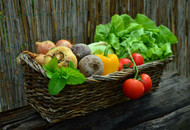
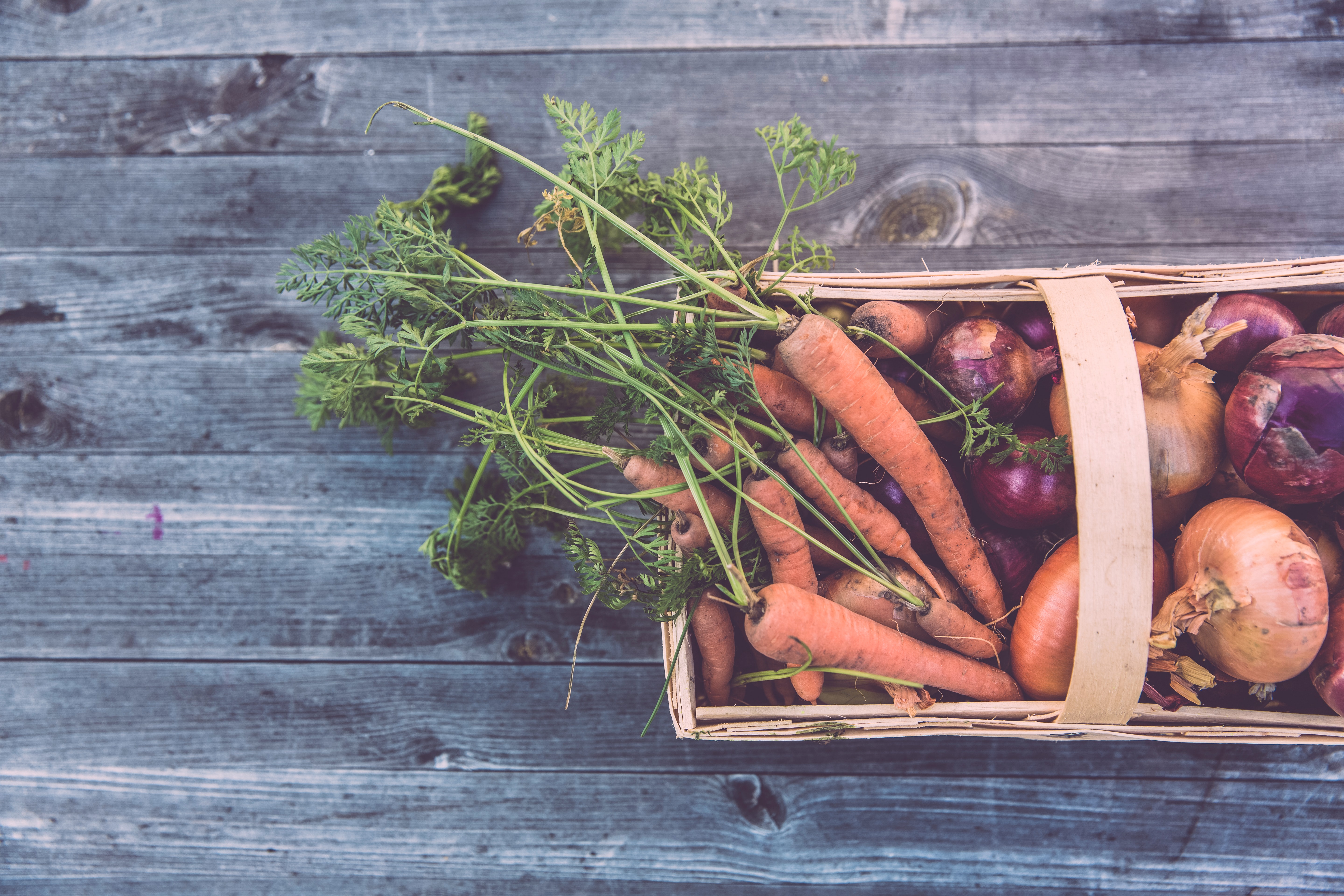
The early 20th century call to grow your own fruits and vegetables finds new meaning in the age of COVID-19.
When victory gardens first took root just as the United States was entering the first World War in the spring of 1917, early posters and pamphlets called on Americans to “sow the seeds of victory” and begin to plant a victory garden. Growing food became part of American life at home and digging in the dirt became a patriotic undertaking.
It was an impassioned call to action with a clear reason for being: the war had significantly stalled food production both at home and abroad. As agricultural laborers took to the front lines, abandoning and in many cases devastating farms in the process, the country needed to reserve its energies and resources for the fight. Growing, transporting and distributing food to feed Americans was an extensive undertaking. During the war, continuing regular food distribution was unlikely. Growing a victory garden offered refuge and purpose to American homes and gardens. Then-president Woodrow Wilson put out the call to plant a victory garden. “Food will win the war,” he said. “Turn your war garden into a victory garden.”
And the American people did—not onloughout the first World War, but throughout the second, too. By 1943, the United States was home to 18 million victory gardens, the production of which exceeded $1.2 billion by the end of the war and accounted for 40% of the produce produced nationally.
It is an amazing story with one frequently omitted detail. The necessity of victory garden plants was never just practical. Those supporting their country by growing a victory garden would supplement the nation’s food supply, yes, but just as importantly the call to cultivate was designed to elevate the national mood. The war had destabilized daily life in America and had brought fear, pain and sorrow to everyone who called the country home. The government knew the call for victory gardens would present an outlet for citizens to metabolize their anxiety and to feel some sense of pride in their victory garden rather than just powerlessness—and yes, of course, feed themselves in the process.
That was the opportunity that growing a victory garden presented to our ancestors, and now, over one hundred years later, as we all adjust to life in the time of the COVID-19 pandemic, that is the opportunity that victory gardens present to all of us.
Here are 5 steps to starting your own victory garden in 2020.
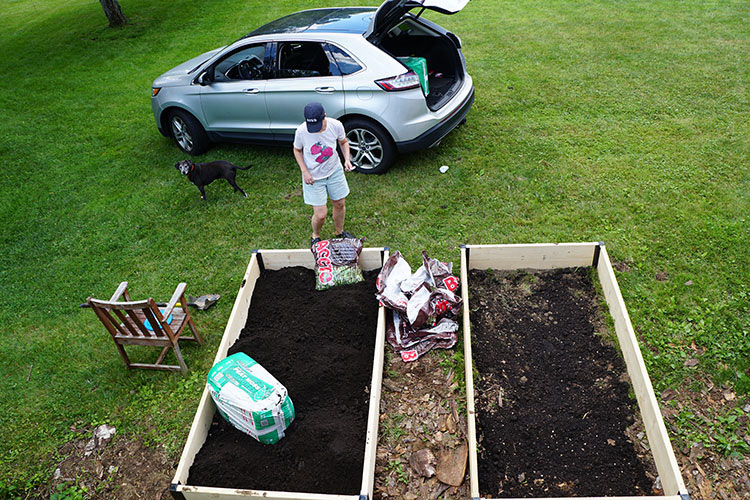
Starting a garden—victory or otherwise—doesn’t have to be a difficult undertaking, and with just a little planning, it can actually be an easy one. We wrote some advice to how to make a garden plan with something as simple as a marker and paper. To plant a victory garden, start by taking stock of your space. If you have a yard, go outside and measure the area you’re working with. In general, for every square foot of garden space, you can grow 16 small plants (like radishes, carrots and onions); 9 medium plants (like spinach, beets and beans); 4 large plants (like lettuce, swiss chard and marigolds); or 1 extra large plant (broccoli, cabbage or peppers). Mark off and label the rows as you plant.
No yard? No problem. City and apartment dwellers were among those who started their own gardens back in the early 20th century, and you can follow their example. If you have a balcony, terrace or rooftop space, begin by cleaning off the space; then, invest in some containers, throw on your apron and start planting.
No outdoor space, period? Still no problem. As long as you have windows, you can grow vegetables in containers inside. Some vegetables that are particularly suited for growing in containers include tomatoes, green onions, beans, lettuce, radishes, herbs, eggplants, peppers and cucumbers. So get some seeds and gather your tools. You’ll need a good pair of gardening gloves, a watering can, and a trowel to start cultivating your victory garden plants.
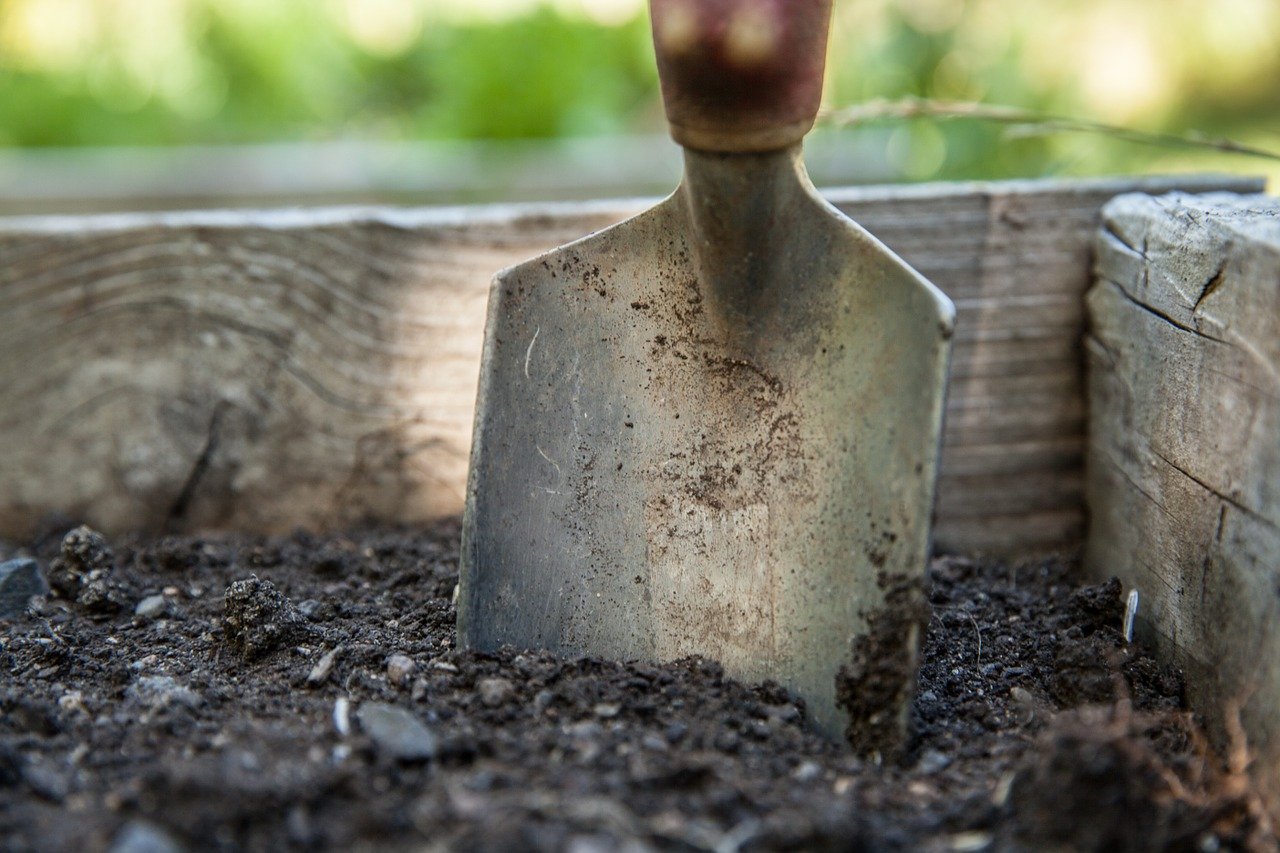
Whether you’re planting indoors or outdoors, in containers or directly in the soil, begin by making sure your soil is up to the task ahead. Test your soil outside and make sure its pH is conducive to what you’ll be planting. If you decide to plant a victory garden in containers, invest in some high-quality organic potting soil. Nothing great will come from bad soil, so don’t sleep on your soil health!
Once your soil is in shape, it’s time to start getting your hands dirty—or not, if you’re wearing gloves.Plant according to the instructions on their packets or containers. If your soil is difficult, invest in a high-quality, heavy-duty trowel to break up the earth and dig your holes. If your soil is more easily workable, good old-fashioned garden tools will get the job done (and these garden tools will get the job done in style).
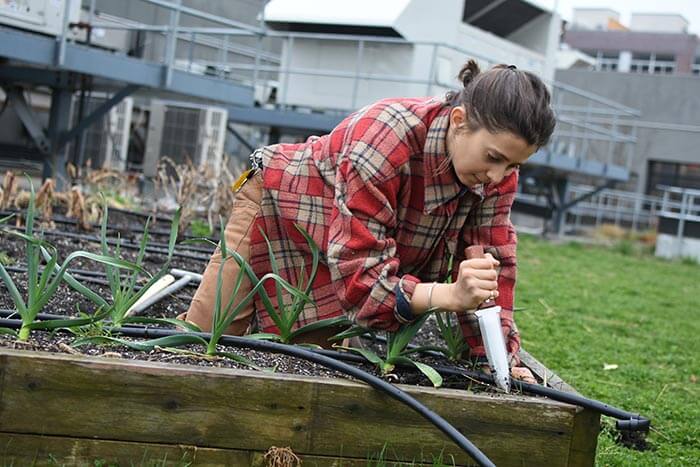
Gardening isn’t like cooking in a CrockPot; you can’t just set it and forget it. Instead, here is where the real work begins. Your victory garden will need to be watered, so keep an eye on them and water as necessary using either a hose, sprinkler or and purpose watering can.
Depending on the climate where you plant a victory garden and your soil conditions, you’ll likely need to weed your garden, as well. (I know, I know; I’m sorry to be the bearer of bad news. But the good news is that, with the right tools, pulling weeds doesn’t have to be a chore.)
And don’t forget to prune your plants! Remove any yellowed, diseased-looking leaves from your fruit or vegetable plants to encourage growth in the healthy parts elsewhere. This set of hand pruning shears will help you get the job done.

The practice of gardening can be as nourishing as the fruits of it. So, for a moment or two, turn off Netflix, step away from the news, and try to actively enjoy growing a victory garden. Notice the size of your plants and the smell of the soil; really notice how much everything has grown and take pride in the role you played in its growing.
When you plant a victory garden, make it a special space you can retreat to as you engage in the lonely, taxing practice of social distancing. Ask yourself: What would make this space even more special for me? If you’d love to see more birds as you tend to your victory garden, add a bird feeder. If the pests are eating your stock, get rid of them by bringing in a zero-impact, non-toxic trap. If you’re just looking to add tranquility to your space, introduce garden bells and enjoy the peaceful chimes as you admire your plants. If you’re a parent looking for company, invite your child to get their hands dirty and join you in the task. This is your victory garden. Make sure you take a moment to bask in the glow, even as the war is still being fought
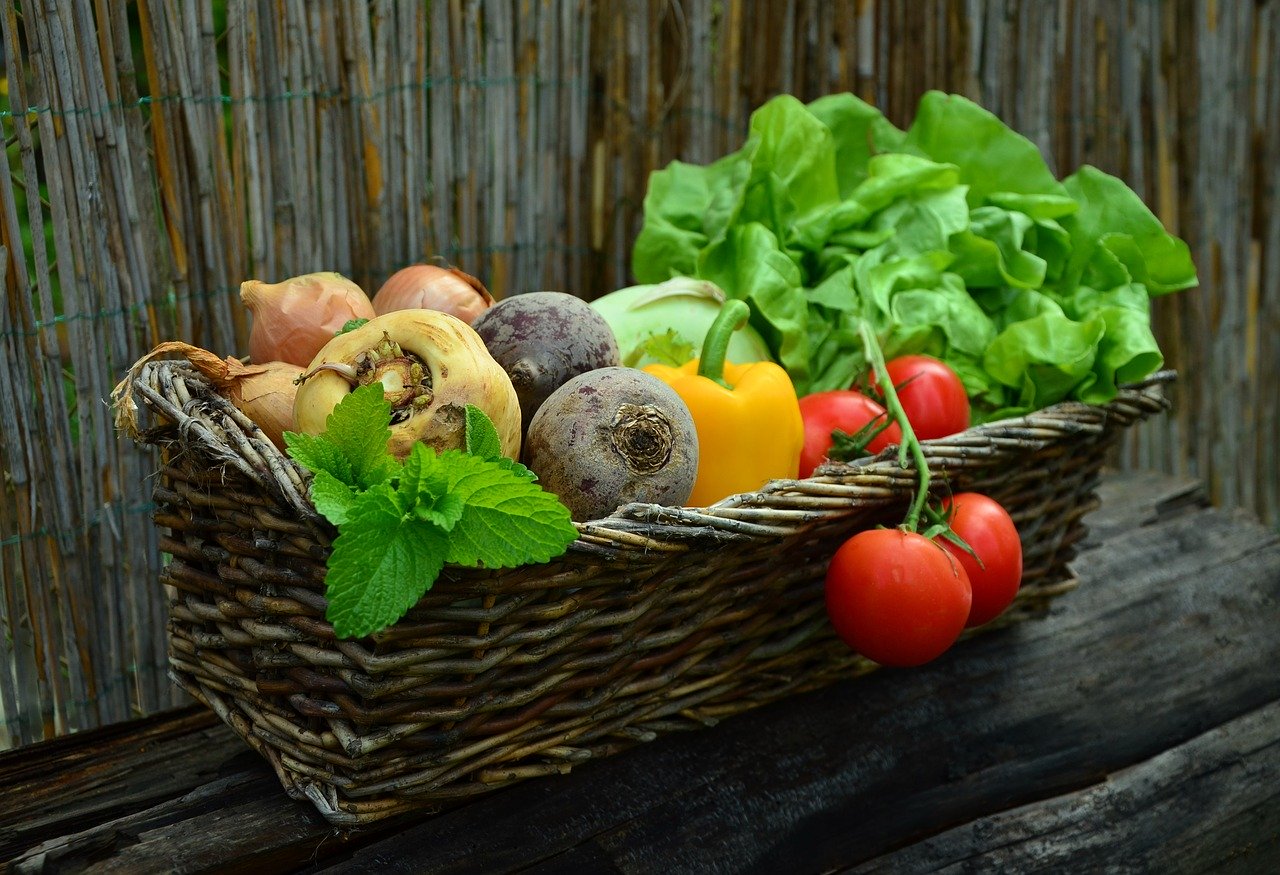
Soon after you plant a victory garden, it will be time to enjoy the fruits (and vegetables) of your labor. Harvest your home-grown produce and then transfer your attention to the kitchen. Growing a victory garden means diversifying and adding variation to your pantry. If you grew herbs, finely cut them with scissors and use them to season your favorite dishes. If you grew tomatoes, get to work on making your own homemade ketchup or tomato sauce. (And then make homemade ravioli stuffed with cheese and victory-garden-grown spinach to go with your sauce.)
The plants in your garden can help you transform your palate, discovering meals you never knew you’d love. Your zucchini can become zoodles, or zucchini crumb cake (just don’t forget to test your cake before removing it from the oven; zucchini releases a lot of water, so it might take longer to cook than you’d think). Your basil can become pesto. Your eggplant can be cooked and enjoyed hundreds of ways, just like your peppers. Use this uncertain time that you’re safe-at-home to plant a victory garden and try new recipes. Your victory garden delivered the goods—so really savor them as you victoriously cross over the finish line.